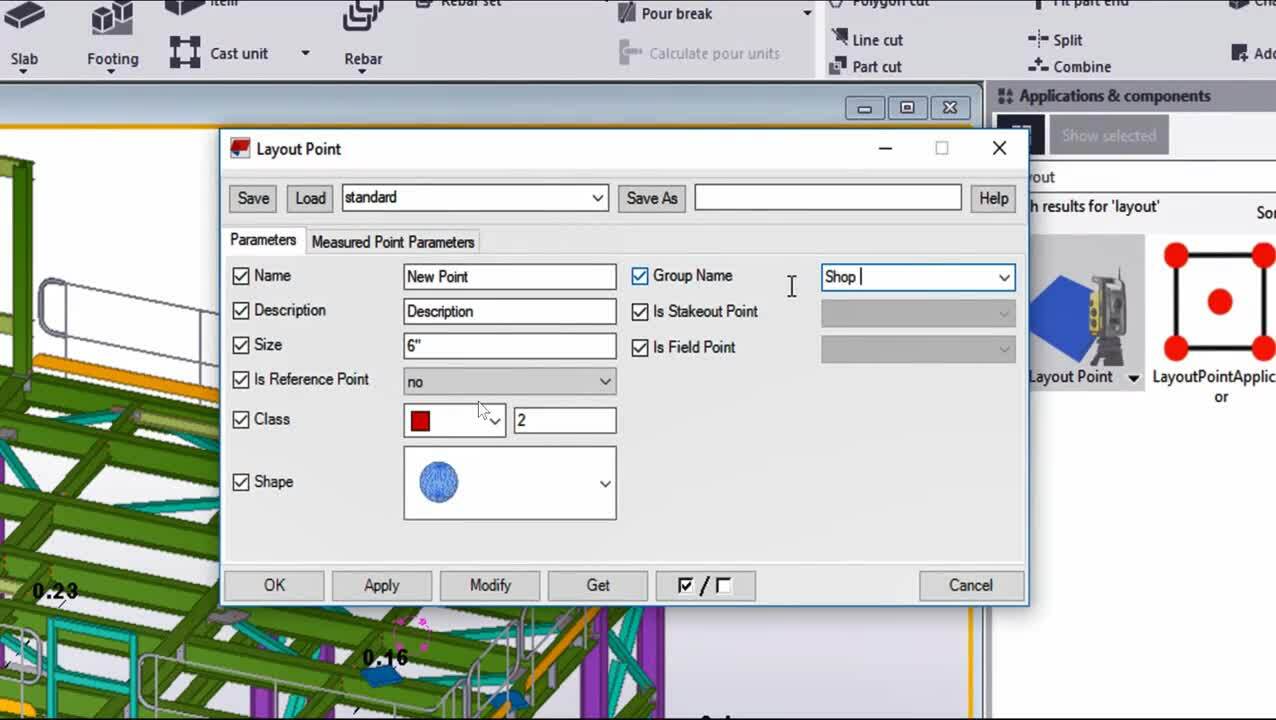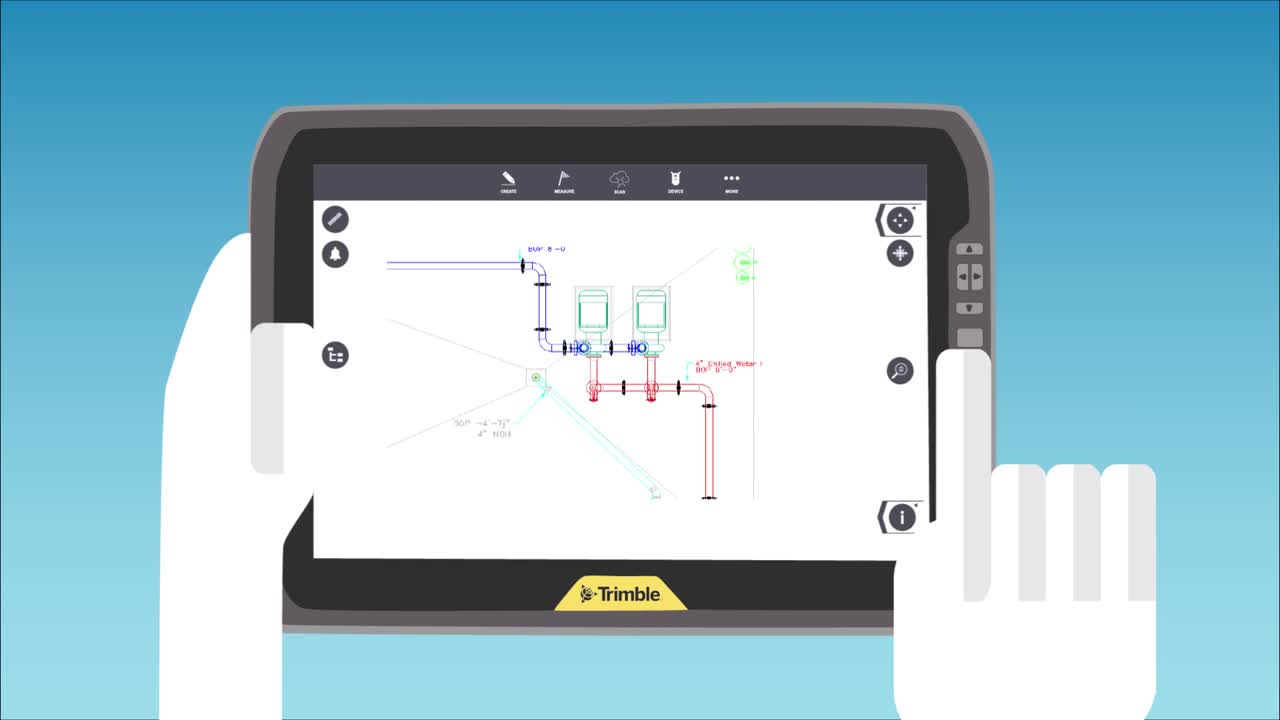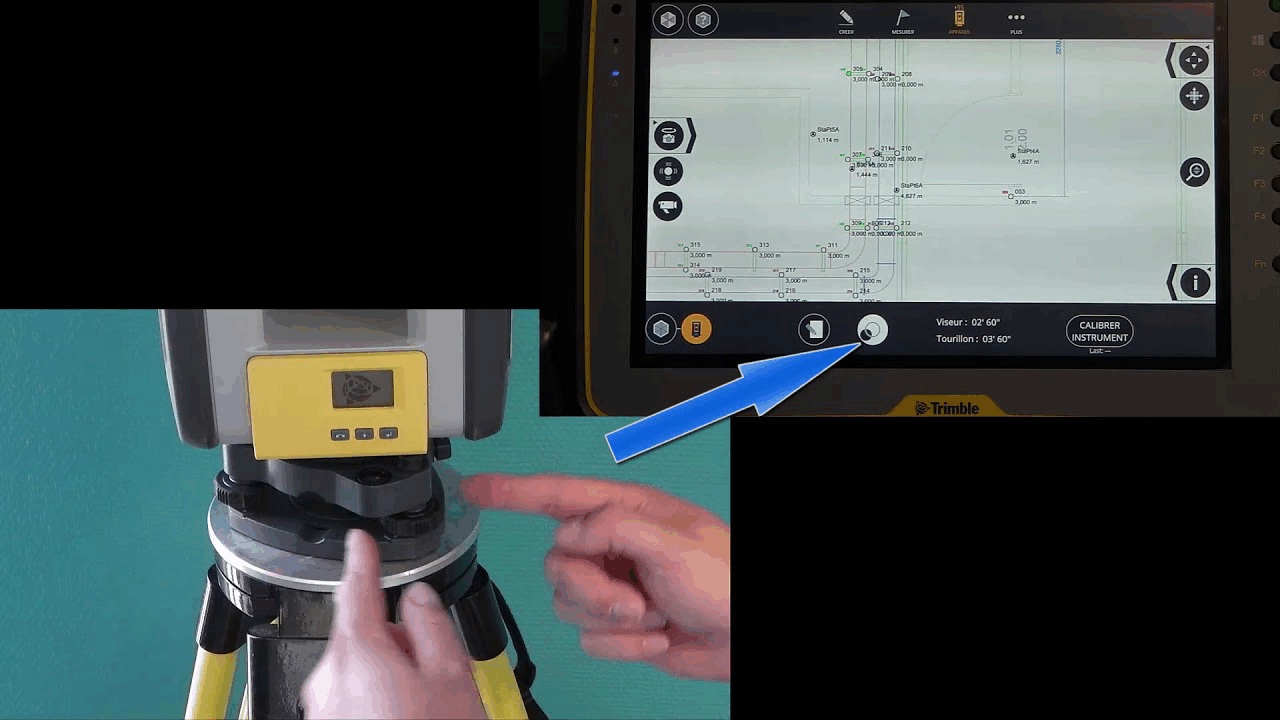While an architect is more concerned with the overall look and feel of a building and the surrounding grounds, it’s the structural professional who’s really responsible for seeing that the architect’s idea eventually becomes a real, standing structure. From engineering to fabrication to steel and concrete erection, there’s plenty of opportunity for error, misinterpretation, and more. So, logically, it’s the structural pro who’s going to suffer the most from the mounting costs of waste and duplicated efforts if the building designs end up needing to be reworked multiple times, or if errors result in wasted time or materials once construction begins.
But, what can you do as a structural professional to prevent rework, either your own or that of the contractors bringing your design to life? There are actually a number of simple, practical steps you can take early in a project that can go a long way toward preventing rework all along the building lifecycle. Here is just one example focused on layout to illustrate the point:
Problem: Cascading layout errors
When you add it all together, the time and labor that goes into construction layout tasks can account for more than a quarter of the total budget for many large-scale projects. But, perhaps more importantly from the structural professional’s perspective, these layout tasks provide the vital link between a digital design and the physical world. As a result, every error made during layout tends to have a snowball effect on every task that comes after.
To illustrate, imagine a simple layout process creating points and lines within the boundaries of a concrete slab that’s yet to be poured. Among other things, the layout team needs to mark where the rebar and cages need to be laid and reinforced, where anchor points and MEP penetrations will end up, as well as door blockouts, corners, edges, and steps.
If even a few of these relatively simple points or lines are either inaccurate on the design or placed in error on the site, here’s what’s likely to happen:
- MEP and steel contractors will begin installing what needs to go beneath and within the slab, and work will need to halt each time a layout error is caught. (This is the optimal scenario)
- Errors that aren’t caught immediately (the more likely scenario) are likely to come to light after other dependent work has already commenced or been completed, extending those delays as work is undone and repeated following the correction of the error
- Errors that aren’t caught until the slab is poured (the worst-case scenario) will either require a redesign to accommodate the error, or demolition of some or all of the slab and complete replacement of all the included work until the error is rectified
In all these cases, errors lead to wasted time and effort. The longer the error goes undiagnosed, the more time and money are wasted.
Solution: Field tech and a connected 3D model
Using the latest in 3D laser scanning, robotic total stations (RTS), and connected field link software that processes constructible models, structural professionals can work closely with steel and concrete detailers and layout technicians — as well as their MEP counterparts — to greatly improve the accuracy of layout work right from the start. And, if errors still creep into the mix despite this enhanced process, the same technology makes them far easier to catch and correct as early as possible, greatly reducing the cascading effect described above.
Here’s how these field technologies help mitigate layout errors:
-
The 3D model originally created by a structural engineer is developed to the extent that as little is left to interpretation as possible. Metadata is added, enriching the model components with helpful information and further reducing the likelihood of errors or time spent on RFI’s
-
Meanwhile, onsite planning work includes ongoing use of 3D laser scanners (to establish existing site conditions and as-built progress) and this information is fed back into the model at regular intervals to inform detailing work and facilitate clash detection between trades and catch errors
-
Steel, concrete, and MEP detailers take the coordinated model even further, perhaps using managed constructible content to add tremendous detail and further metadata to each component, increasing the model’s reliability
-
Combining the data provided by the scanners with the highly reliable model provided by the engineer and detailers, layout professionals onsite are in a much better position to produce accurate points and lines at every stage of their work: Errors in the design have most likely been caught already, and the use of an RTS and integrated layout software greatly reduces the possibility of human error during layout
In short, by relying on the latest in field technology themselves and supporting its use in later building phases (by generating a 3D constructible model that can be shared and used by all stakeholders across the project lifecycle), structural professionals are empowered to get concrete and steel layout work done right the first time. This naturally reduces rework dramatically, along with the heavy cost of cascading layout errors.
The Constructible Process helps prevent rework
With just this one example, you can start to see what will help you prevent costly rework across the entire project: focus on producing and sharing highly connected, content-enabled constructible 3D models and workflows.
That’s what The Constructible Process is all about.
By focusing on creating high-quality detailed structural designs that truly qualify as Constructible, and following that up with a willingness to remain connected and available to assist throughout the project’s lifecycle, you’re doing everything in your power to prevent rework for yourself and everyone who relies on your designs.
To learn more about how you can reduce rework and improve your efficiency, take a look at The Ultimate Guide to Optimizing Layout for Steel and Concrete.




















